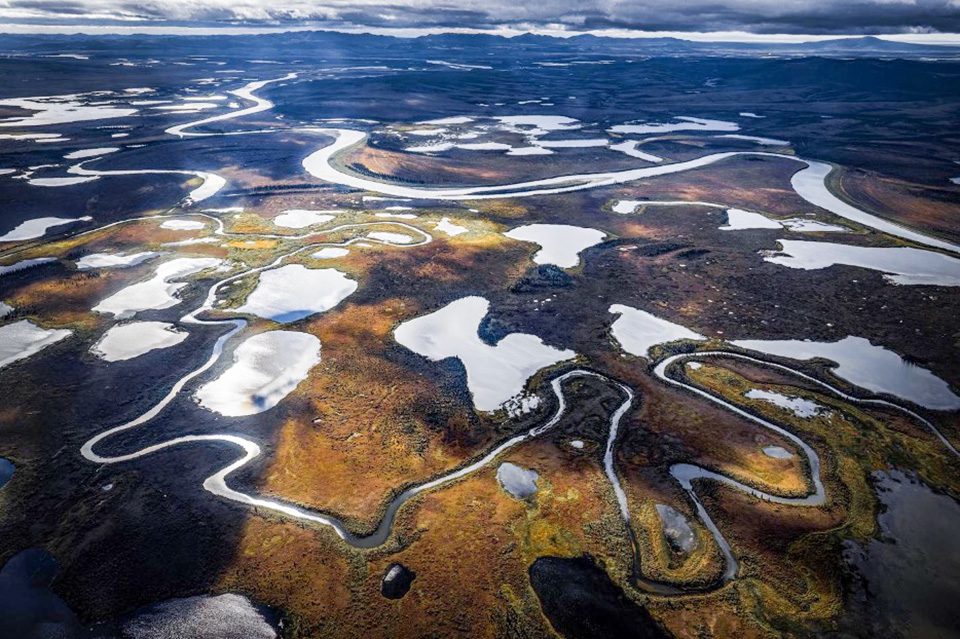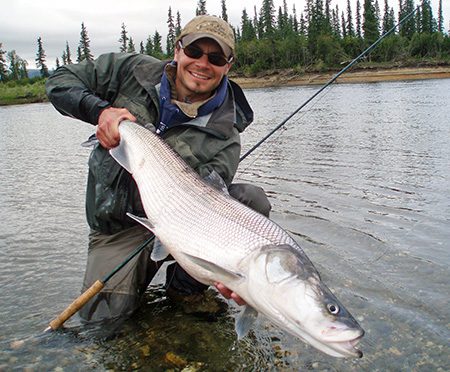On one side there is an insatiable thirst for minerals needed in production of “clean energy” technology like solar panels and wind turbines. On the other side is the vast unspoiled wilderness of northwestern Alaska’s Brooks Range.
A 211-mile long road known as the Ambler Access Project has been proposed by speculators to examine the potential for at least four open-pit copper and zinc mines. Ambler Industrial Road is the first step toward releasing billions of dollars in rare earth metals for a partnership between Canadian, Australian and Native companies. This road would run through the southern foothills of the Brooks Range, in the Arctic Circle just outside of Gates of the Arctic National Park, in some of the world’s most wild and remote hunting and fishing grounds.
Hunters and Anglers for the Brooks Range is one of the groups organizing in opposition to the road. With the recent release of the U.S. Bureau of Land Management’s (BLM) draft environmental impact statement, Hunters and Anglers for the Brooks Range has pointed out the potential damage to some of the best fly-in and float hunting and fishing opportunities remaining in the United States.
“The proposed 211-mile industrial corridor—designed to help foreign-owned companies develop at least four open-pit mines—would permanently alter the Brooks Range and diminish its values for fish and wildlife, and as a premier backcountry recreation destination,” reads a press release from the organization.
BLM is seeking public comments on the project through Dec. 19 and plans to make a final decision on the road in 2024.
“Even in Alaska, a state renowned for its world-class fishing opportunities, the Brooks Range stands apart,” said fly fishing guide Greg Halbach of Remote Waters in Anchorage, Alaska. Halbach’s small operation offers guided wilderness floats on the Kobuk River, one of the only places in North America to target sheefish—also known as ‘tarpon of the north’ or Inconnu. “There is no question that the Ambler Road would degrade the remote wilderness that makes this area so special.”
Many businesses and organizations affiliated with Hunters & Anglers for the Brooks Range recognize the need to develop America’s domestic mineral resources, and the campaign recommends that new projects be developed closer to existing infrastructure, where the impacts to fish and wildlife can be minimized or mitigated.
“The proposed mines are 211 miles from the nearest road and in some of Alaska’s best hunting and fishing grounds,” said Larry Bartlett, owner of Pristine Ventures, a hunt planning and gear manufacturing company in Fairbanks, Alaska. “The thought of a road crossing this landscape makes me question where the line exists between industry and politics. We have to agree to keep this place wild.”
According to the press release, construction of the proposed industrial corridor, which would be off-limits to hunters and anglers, would likely disrupt the migratory behavior of some species of big game and fish. One of Alaska’s largest caribou herds, the Western Arctic Herd, roams an expansive area of about 157,000 square miles, approximately the size of Montana. The Ambler Road would additionally cross nearly 3,000 streams and 11 rivers, degrading habitat quality and potentially blocking fish passage.
“The risks of the proposed Ambler Industrial Road far outweigh any potential benefits,” said Jen Leahy, Alaska program manager for the Theodore Roosevelt Conservation Partnership. “The Bureau of Land Management will be hearing from our community, including Hunters and Anglers for the Brooks Range, about why the permit for the Ambler Road should be denied.”
For more information and to become involved with Hunters and Anglers for the Brooks Range, contact Jen Leahy at jleahy@trcp.org.

